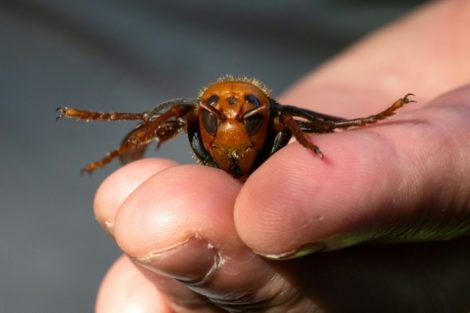
The Galapagos penguin is one of the smallest species of penguins in the world. Image: Charles Darwin Foundation via AFP
The Galapagos penguin is one of the smallest species of penguins in the world, measuring up to 35 centimeters, and the cormorants on the islands are the only type to have lost their ability to fly — but they have developed diving skills.
“The number of cormorants has reached a record number, according to historical data dating back to 1977, while the number of penguins is at the highest since 2006,” said a statement from the Galapagos National Park, which carried out the census.
The population of Galapagos penguins, the only ones living on the Earth’s equator, increased from 1,451 in 2019 to 1,940 in 2020, it added.
Flightless cormorant numbers increased from 1,914 to 2,220 over the same period.
The study was carried out by the park and the Charles Darwin Foundation in September with the main colonies present on the Isabela and Fernandina islands and on the Marielas islets, to the west of the archipelago classified as a natural heritage site.
Paulo Proano, Ecuadorian minister of environment and water, said the census results reflect the “good state of health of the population” of birds in the archipelago, located some 1,000 kilometers (625 miles) off the Ecuadorian coast, according to the park.
The park said the presence of the La Niña climatic phenomenon, which helps to provide more food for the birds, has contributed to the increase in their populations.
Another factor was the coronavirus pandemic, which has limited disturbances to nesting areas because of the drop in tourism, the park added.
The islands, which served as a natural laboratory for the English scientist Charles Darwin for his theory of the evolution of species, takes its name from the giant tortoises that live there. IB
RELATED STORIES:
LOOK: Rare dinosaur skeleton found by 12-year-old boy while hiking
LOOK: Rare white baby turtle found on beach


